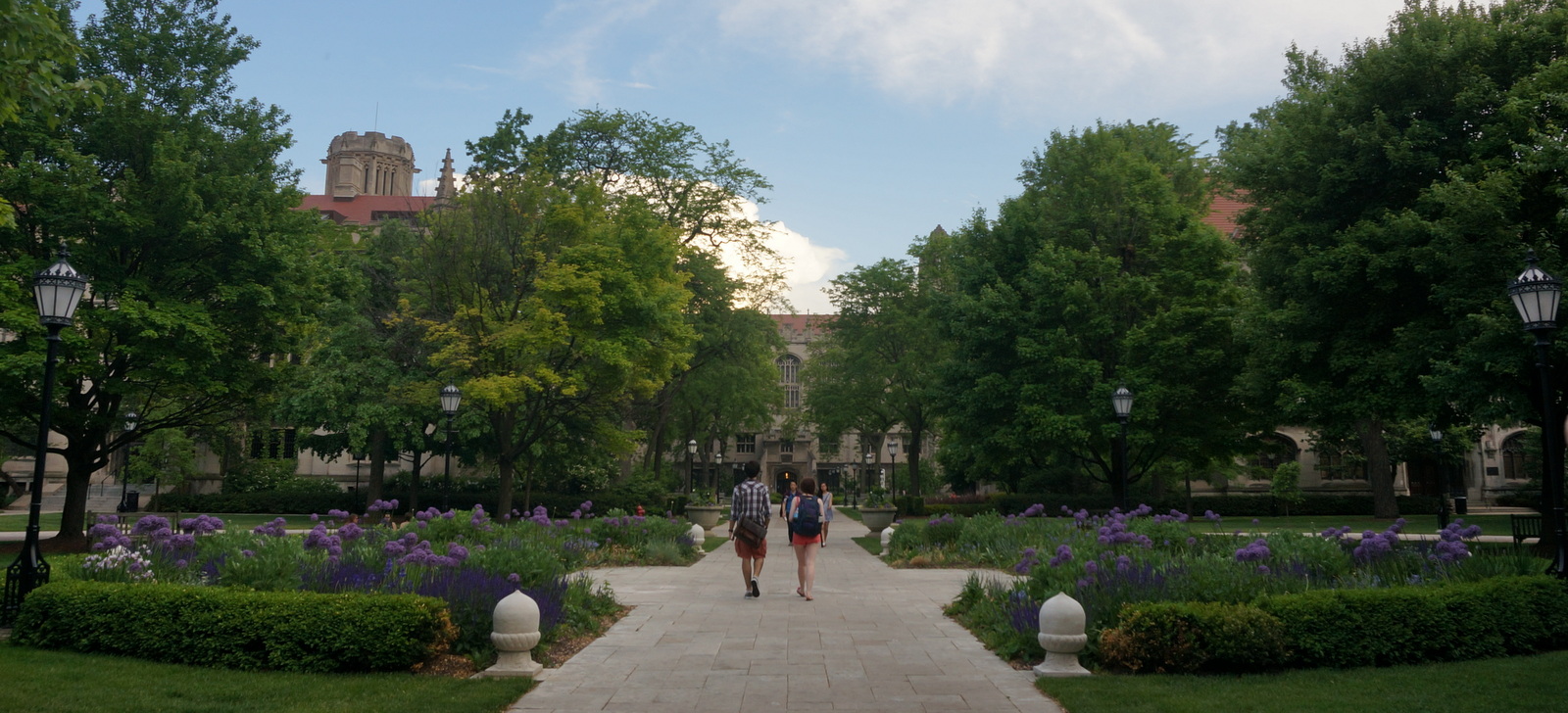For her birthday last week, I took my wife to see a play running at St. Paul’s History Theatre, housed in the McNally Smith College of Music, entitled God Girl.
My wife loved the play, even though this was a classic example of a Garth gift – something that I believe the recipient will love but that I KNOW I will enjoy. It depicts the true story of a young woman who attended a not-fully-gender-integrated Princeton Theological Seminary in the 1970s. With my own seminary education (I actually was admitted to Princeton myself and came very close to attending PTS) and interest in feminism, the play was particularly engaging for me.
In many ways, God Girl is horrifying. Sexual harassment is rampant, gender-based discrimination is both blatant and structural, and male professors and classmates alike treat their female classmates as “special,” and not in a good way.
At the same time, though, God Girl is empowering: when the protagonist (Kristine Holmgren) is denounced for attempting to discuss the feminist theology of Rosemary Radford Ruether, the progress made in theological education is clear – Ruether was standard reading in the first year theology course at my own East Coast Presbyterian seminary (especially fun for me is that Ruether currently teaches at the Claremont School of Theology, the seminary from which I ultimately graduated). The clear progress toward gender equality is moving.
But the harsh reality is that society – and higher education – is still far removed from gender equality. Holmgren’s story isn’t old; it’s set in 1976. Many of today’s elite institutions first went coed in the ‘70s. Check out the undergraduate colleges that women could not attend as recently as 1968: Princeton University, Trinity College, Yale University, Colgate University, Johns Hopkins University, University of Virginia, Williams College, Bowdoin College, Brown University, Lehigh University, College of the Holy Cross, Dartmouth College, Davidson College, Duke University, Amherst College, Claremont McKenna College, Harvard University, Haverford College, Washington and Lee University, Columbia University, and more. In fact, the first Columbia class that included women was the class of 1987. 1987!!!
Just two years ago, Harvard’s Business School revamped its curriculum because it had become increasingly apparent that the education was hostile to women. The gender gap in STEM fields at most universities remains immense, and has been tied to the contrasting experience of men and women in STEM classes at college. The past couple of years have been filled with discussion of mishandled sexual assault cases (the victims of the vast majority of these were women). Watch the trailer for the new documentary The Hunting Ground. Schools that are explicitly highlighted in the film include many of the country’s finest (and even supposedly most “progressive”): University of North Carolina at Chapel Hill, Harvard University, Florida State University, the University of California at Berkeley, Occidental College, the University of Notre Dame, Arizona State University, the University of California at Davis, George Mason University, the University of Southern California, Swarthmore College, Columbia University, Yale University, Brandeis University, Stanford University, Vanderbilt University, Amherst College, and more. Obviously, this is just the tip of the iceberg. While the film has been critiqued for oversimplifying a complex issue (here, here, and here, to share just a few), it’s nonetheless clear that sexual assault on campus is a problem.
The point to all is this simple. Colleges are life-changing places, and they have made incredible gains in shrinking the gap between the experience of women and men as they have grown into their co-educational identities. At the same time, though, equality has clearly not arrived.
Just last week, I had two female students tell me that they were not interested in attending a women’s college, something I’ve grown accustomed to in my years as a counselor. And in many cases, if a student IS interested, a parent will veto the possibility. While it’s definitely okay to choose not to apply to or attend a women’s college, I am saddened by how quickly people forget the history of gender segregation or fail to see the more subtle discrimination that presently pervades society, including colleges and universities. Women’s colleges are not for everyone, but they persist (unlike most men’s colleges) because they still address a very real need, the need for an educational environment that empowers women.
I’m an unabashed and enormous fan of women’s colleges. Barnard, Bryn Mawr, Mt. Holyoke, Scripps, Smith, Wellesley – to name just a few – are unquestionably among the country’s elite schools according to almost any metric. As a bonus, they are slightly easier to gain admission to due to the self-selective nature of their applicant pool. Students and parents too often envision some form of secluded monastery where nuns are grown. A deeper look, though, will reveal schools that offer an incredible education that is not only empowering for women, but also hardly isolated from men (for example, my Y chromosome and I took two semesters of French at Scripps College, along with several other men).
And while women’s colleges now are facing new questions about their mission as questions of gender identity break down our historical dichotomy (here, here, here, and here), they still serve an important and valuable role in a society marked by gender gaps in pay, leadership positions, social expectations, and more.
In many ways, we as a society have progressed greatly from the experience of Kristine Holmgren in God Girl, but my experience in higher education shows that there is still a long way to go. And until gender equality becomes a reality in both higher education and society as a whole, the importance of women’s colleges cannot be underestimated.
I’ll be supportive of any school one of my daughters chooses to attend, but a selection of a women’s college would undoubtedly be a mature and thoughtful one.







One comment